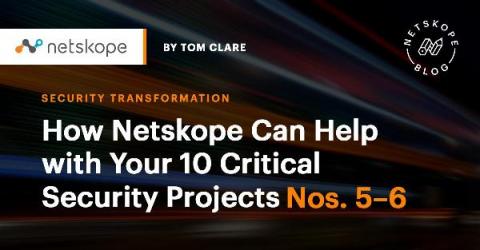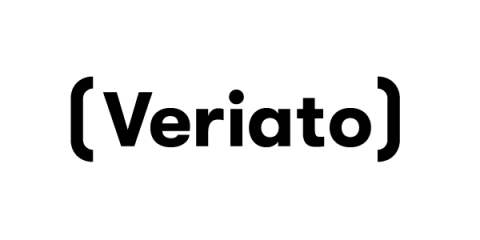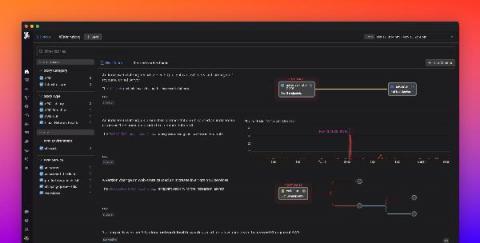Security | Threat Detection | Cyberattacks | DevSecOps | Compliance
Latest News
How to Communicate Application Security Success to Your Executive Leadership
Over the past several years, there have been many changes to software development and software security, including new and enhanced application security (AppSec) scans and architectural shifts like serverless functions and microservices. But despite these advancements, our recent State of Software Security (SOSS) report found that 76 percent of applications have security flaws.
The Final Critical Step to Building the Modern SOC
The new Devo eBook, Building the Modern SOC, presents four evolutionary steps for creating a highly automated and efficient security operations center (SOC) that empowers analysts. This is the last in a series of posts highlighting the most important elements of the four steps. Previous posts covered Step 1, establishing a foundation of centralized, scalable visibility, Step 2, extracting intelligent insights from your data, and Step 3, supercharging your analysts with the power of automation.
Redscan Threat Intelligence update: SolarWinds Sunburst Q&A
IoT Cybersecurity Act successfully signed into law
The IoT Cybersecurity Act, which aims to reduce the supply chain risk to the federal government arising from vulnerable IoT devices, was recently passed into law, and its effects are expected to carry over into private enterprise. Critics felt the law was long overdue: as found in the Nokia Threat Intelligence Report 2020, IoT devices are now responsible for 32.72% of all infections observed in mobile networks, representing an increase of 16.55% since 2019 alone.
How Netskope Can Help with Your 10 Critical Security Project - Nos. 5-6
The annual list of top security projects from Gartner provides key insights on where security leaders should focus their limited time and resources to be the most effective at protecting their data, users, and infrastructure. Netskope provides value for each of the top 10 recommended security projects for this year and next, including many critical capabilities. This blog series will highlight each Gartner recommendation and how Netskope specifically can help.
Five Cybersecurity Priorities to focus on in 2021
2020 will go down in history as a year of surprises. The Covid-19 pandemic resulted in challenges to health, wealth, business, and cybersecurity. The early part of the year saw a rapid movement out of the office, introducing a sudden need to support home working. According to Gartner, 88% of companies sent their workforce home to work during the peak of the pandemic. This remote work environment is continuing for many organizations in 2021. In 2020, businesses were forced to adapt fast.
What is the cost of poor software quality in the U.S.?
The total cost of poor software quality in the U.S. is estimated at $2.08 trillion. Learn what contributes to the cost and how security can help minimize errors. Do it right the first time. That long-standing cliché is based on the premise that it almost always costs more to fix something built poorly than it does to build it correctly.
5 Reasons Every Company Needs to Be Ready for a Compliance Audit in 2021
In many ways, 2020 was a year of reckoning for data privacy on the internet. After more than a decade of enthusiastically embracing a “freemium” model in which consumers traded copious amounts of personal data for access to digital platforms, many are adopting a rapid about-face. Now, privacy is essential, and stakeholders are taking notice. To date, it’s clear that many companies see this as an obstacle, not an opportunity.
Automated root cause analysis with Watchdog RCA
Since 2018, Watchdog has provided automatic, machine learning-based anomaly detection to notify you of performance issues in your applications. Earlier this year, Watchdog started grouping APM anomalies across your services, allowing you to better understand the scope of the issue.











